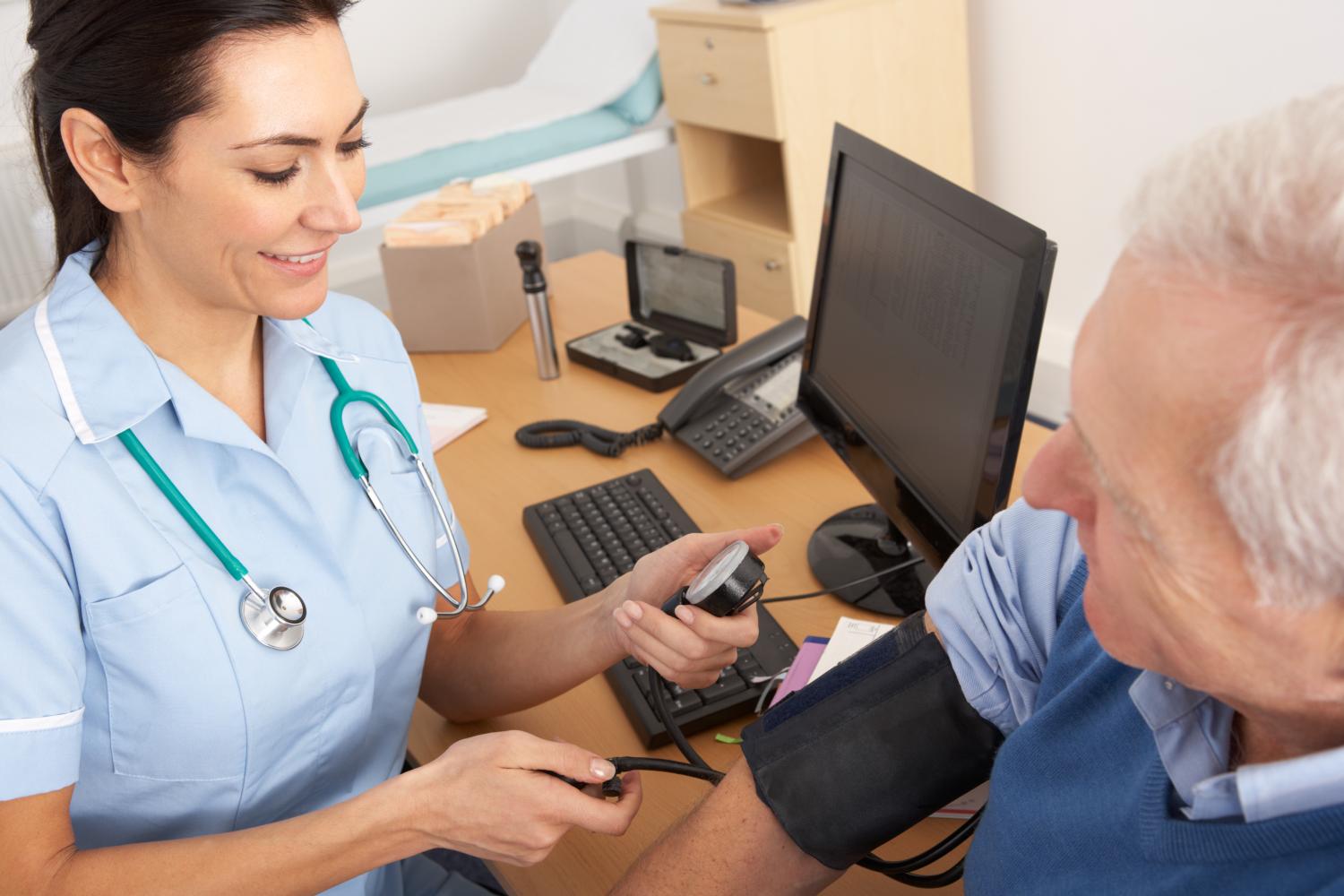
Planned care and infrastructure
We will build a resilient partnership that is able to anticipate, absorb and respond to current demands.
We want to provide patient-centred, high-quality planned care services for those that require them, which are delivered by the right team in the right place at the right time, whilst focusing on restoration and recovery of planned care services following the COVID pandemic. We want to ensure that all services are right-sized to meet the needs of our population, as well as maximise efficiency and capacity of outpatient activity and elective procedures.
Dermatology photo hub
An example of this work is the Photo hub based in a GP Practice in Staines.
The Photo hub service for dermatology is based within a GP Practice in Staines. The pilot, which began in March and so far has proved to be extremely successful with patients and staff.
Patients can access the service by going to their GP. They present with a mole or a lesion they are concerned about and are then put onto the two week referral to dermatology for suspected skin cancer.
All routes in have the same two week referral time frame.
During the 15 minute appointment the health care assistant takes photos on a mobile phone to take ‘context images’ of the lesion and its size. They attach a device called a dermatoscope which clicks onto the phone and takes high-resolution medical grade images which gives the ability to look ‘under the skin’ whilst the patient is there. The photos are uploaded and assessed.
Most recently the clinic has started a pilot using an Artificial Intelligence technology platform called SkinAnalytics which means the images are looked at by a computer first which decides the level of risk. If the results are low grade then a dermatologist looks at it to agree this.
Patients who are classed as high risk are seen face to face by a dermatologist.
This service has been instrumental in the:
- reduction of unnecessary outpatient appointments, whereby patients are seen in the most appropriate clinic first time
- early diagnosis and reassurance for cancer patients with the use of dermatoscopes and Artificial Intelligence technology
- reduction of waiting times
- improvement in access with photo hubs in the community, closer to home.
